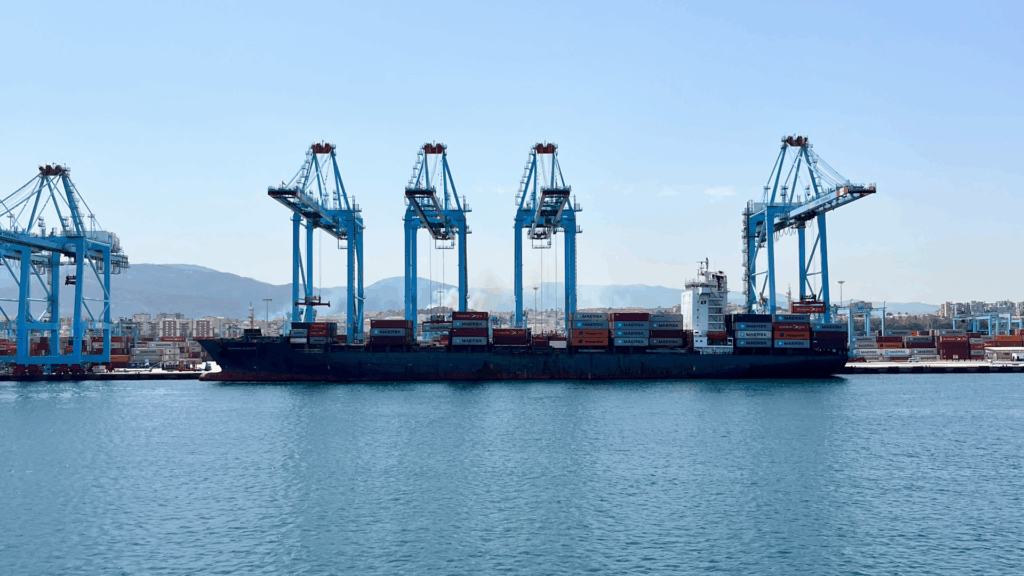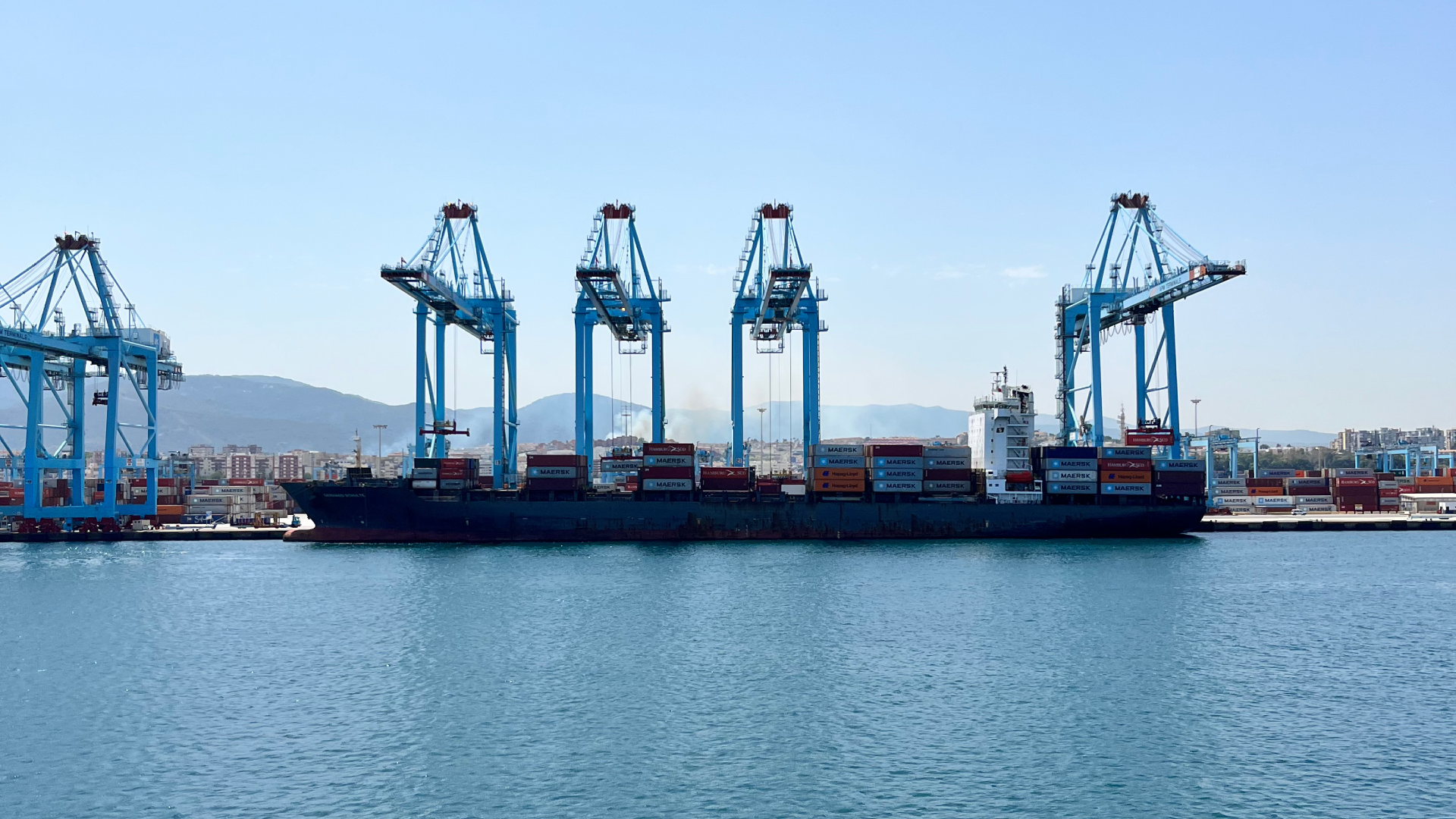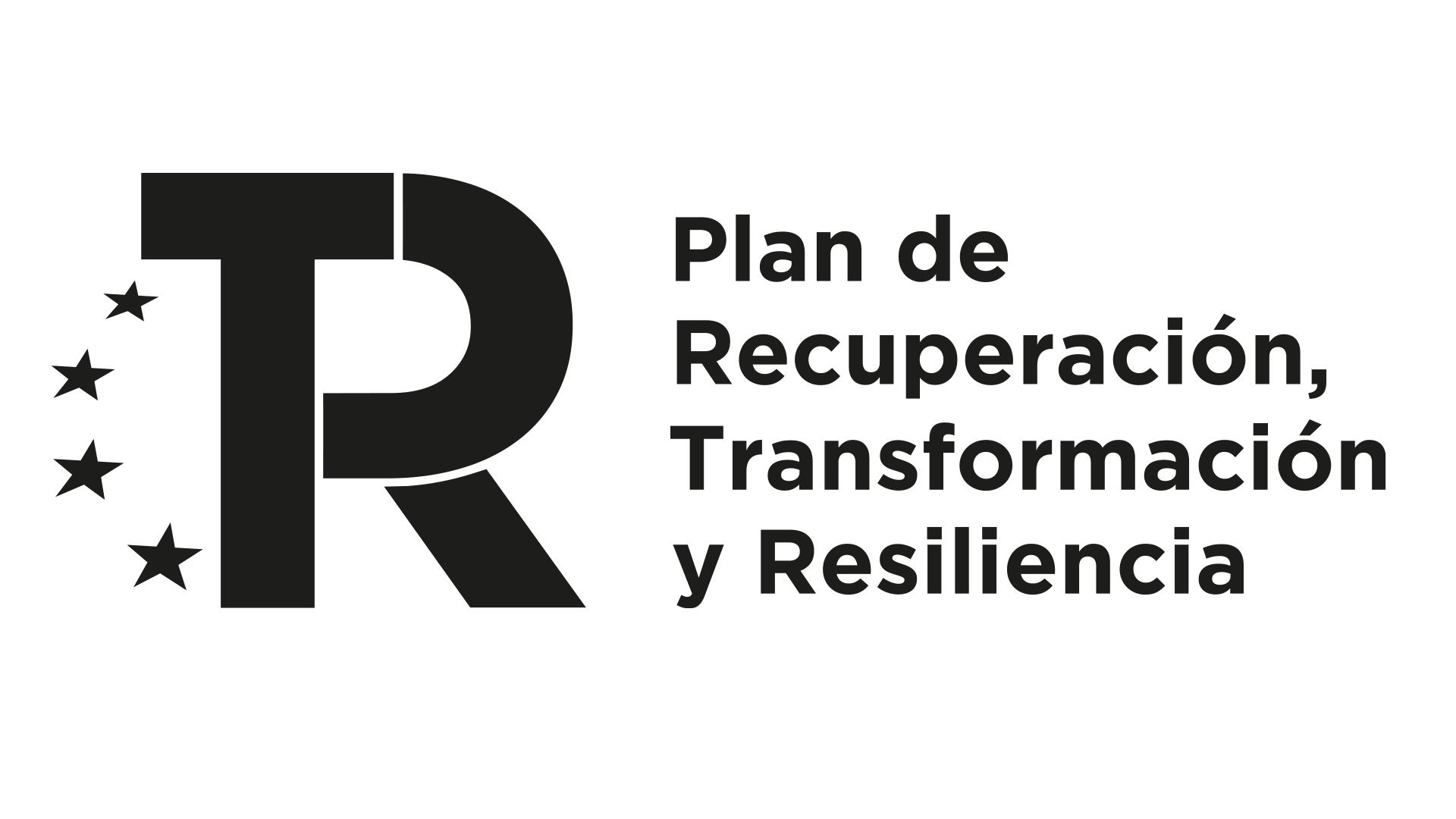Introduction: Why BDNs Matter More Than Ever in 2025
The Bunker Delivery Note (BDN) is more than a fuel receipt. It is a legally required document that plays a critical role in the maritime industry’s fuel supply chain and environmental compliance. As of 2025, new sustainability regulations like FuelEU Maritime and EU ETS have elevated the BDN’s importance, making accuracy, traceability, and integration with Proof of Sustainability (PoS) documentation essential. Whether you are a ship operator, fuel supplier, or compliance officer, understanding the BDN is no longer optional.
What Is a Bunker Delivery Note (BDN)?
A Bunker Delivery Note (BDN) is a document issued by a marine fuel supplier confirming the delivery of fuel to a vessel. It provides proof of:
– Fuel type and grade
– Quantity delivered
– Date and location of delivery
– Supplier and ship details
Under MARPOL Annex VI, the BDN is a mandatory document and must be retained onboard for a minimum of three years.
According to IMO Resolution MEPC.182(59), Bunker Delivery Note (BDN) must be accompanied by a representative fuel sample, drawn continuously at the ship’s bunker manifold to ensure accurate sulfur testing.

What Information Is Included in a BDN?
To comply with international and regional requirements, a valid BDN typically includes:
– Name and IMO number of the receiving ship
– Fuel supplier details (name, address, contact info)
– Port and date of delivery
– Fuel type and grade (e.g., per ISO 8217)
– Sulfur content (especially for ECA zones)
– Delivered quantity
– Signatures from both the supplier and ship’s representative
Who Issues and Signs the BDN?
The marine fuel supplier issues the BDN at the point of delivery. The document must be signed by:
– The supplier’s representative (e.g., barge master or delivery officer)
– The ship’s officer responsible for bunkering operations
Both signatures confirm mutual agreement on the fuel type, quantity, and delivery specifics.
Sample Format and IMO Guidelines
While no universal template is enforced, the International Maritime Organization (IMO) provides guidelines that standardize BDN formats to ensure consistency. Most templates align with Resolution MEPC.182(59), which outlines minimum required information for MARPOL compliance.
How BDNs Are Used in Day-to-Day Operations
In daily operations, the BDN serves as:
– A legal record of the fuel transaction
– A tool for inventory reconciliation
– Evidence for compliance inspections and audits
– Reference documentation for resolving fuel quality or quantity disputes
What Changed in 2025: BDN vs Proof of Sustainability (PoS)
While the BDN confirms delivery, it says nothing about the environmental impact of the fuel. In 2025, the Proof of Sustainability (PoS) is now often required alongside the BDN for biofuels and blends. It verifies:
– Renewable or low-carbon status
– Greenhouse gas (GHG) intensity
– Feedstock traceability
Important: The PoS may not be delivered at the same time as the BDN. It is legally allowed to follow up to 30 days post-delivery in some jurisdictions.
Compliance Risks: Fines, Audits, and Documentation Gaps
With the FuelEU Maritime initiative in effect, the stakes are higher:
– Up to €2,400 in fines per metric ton for missing or incorrect documentation
– 10 percent surcharge for repeat violations
– Loss of GHG compliance credits, which may impact carbon trading or tax benefits
An incomplete or incorrect BDN can trigger audits, port state control issues, and commercial penalties.
Best Practices for BDN Accuracy
To stay compliant:
– Ensure all required fields are filled, legible, and correct
– Use standardized ISO 8217 fuel grades
– Avoid abbreviations or unclear terms
– Verify that biofuel blends include component ratios and GHG values
– Securely store a digital copy of every BDN
– Follow up to ensure the PoS is received for any applicable fuels
Digitizing BDNs: The Future of Marine Fuel Documentation
Paper-based BDNs are error-prone and hard to manage at scale. As regulatory pressure increases, digital BDN systems offer major advantages:
– Instant access and sharing
– Secure storage for audits
– Automation of PoS matching
– Real-time validation and timestamping
Digital solutions are becoming the new standard and often a competitive advantage.
How VesselChain Helps You Stay Ahead
VesselChain helps ship operators and fuel suppliers digitize their entire BDN and PoS workflow. With blockchain-backed verification, audit-ready records, and seamless PoS integration, you can:
- Avoid fines and delays
- Meet FuelEU Maritime and EU ETS requirements
- Simplify multi-vessel documentation at scale
Want to future-proof your operations? Contact VesselChain to join a pilot project or email us at [email protected].
Conclusion: Make Your BDN an Asset, Not a Liability
In 2025, the bunker delivery note is no longer just paperwork. It is a pillar of your compliance strategy. Mastering its content, understanding its limits, and pairing it with a solid PoS system will keep you ahead of both regulators and competitors.
VesselChain is ready to support you every step of the way.







